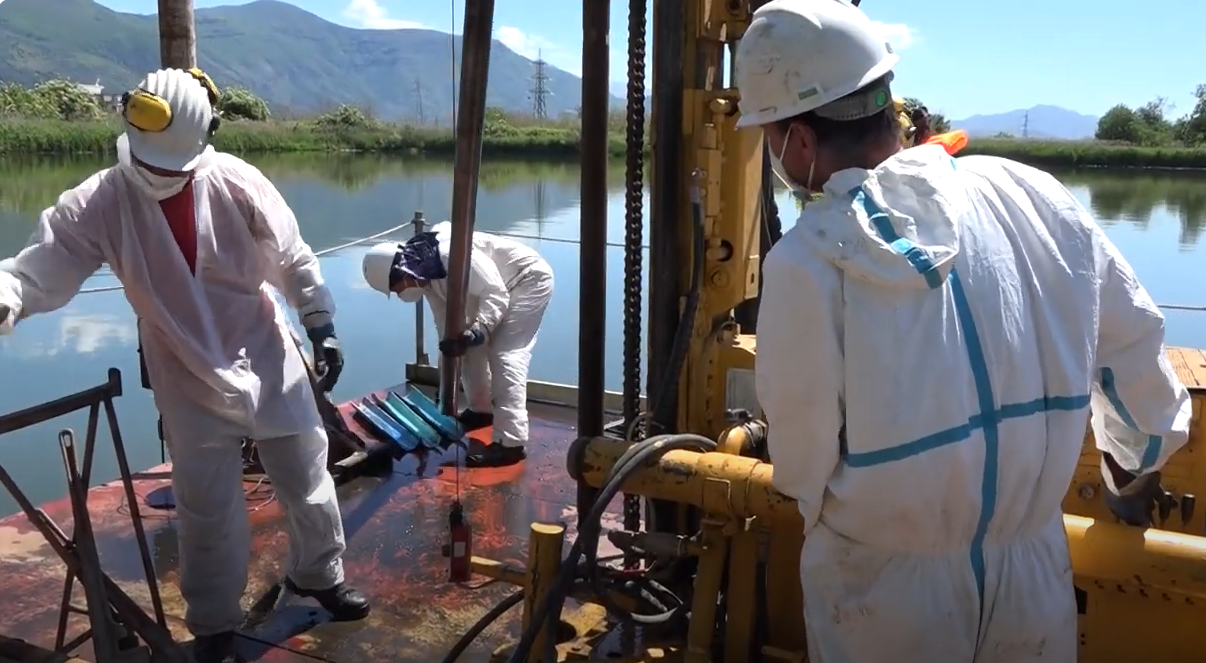The extraordinary maintenance of one of the foothill basins of Mount Vesuvius is part of a wide-ranging programme of measures implemented by the Campania Region to reduce the hydraulic risk in the entire area of the Sarno river basin.
In the pre-covid phase, operations had started in the Fornillo tank in Terzigno, while now in the so-called ‘phase two’ it is the turn of San Giuseppe Vesuviano.
The lack of maintenance and the use of the tanks as sewage drains has caused, over time, the waterproofing of the bottom with a progressive loss of absorption capacity that is due to the frequent flooding of the surrounding areas.
The current activity will allow the removal of the sludge accumulated in the tanks. An intervention of fundamental importance for the environment and health that is grafted onto, and completed by, the works of reorganisation of the collecting systems of San Giuseppe Vesuviano, Ottaviano and Terzigno.
But before removing the water and materials accumulated in the tanks, it will be necessary to wait for the results of the tests on the toxicity of water and sediments.
Particularly challenging were the operations at the Pianillo tank which is currently full of water.
In order to operate it was necessary to place a vessel capable of supporting the weight of the drill used for drilling.
The launch, in order not to compromise the functionality of the embankment of the tank, was carried out with a 200-tonne crane. It was also necessary to equip the yard with a motor boat and to place a pier for mooring.
Once the drilling and sampling operations are completed, and if the results respect the limits allowed by law, the removal will proceed. The approximately 150,000 cubic meters of water of the Pianillo tank will be conveyed to the Angri (SA) sewage treatment plant through the consortium sewage collector of the Medio Sarno district, currently under construction.
The second phase of the intervention will involve the removal and transfer to collection centres of sediments accumulated inside the tank.
Thanks to the intervention of the Campania Region, the tanks will return to their original function, receiving and absorbing water, to the great benefit of the resident population and the surrounding environment.




